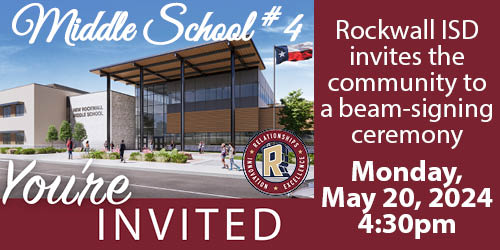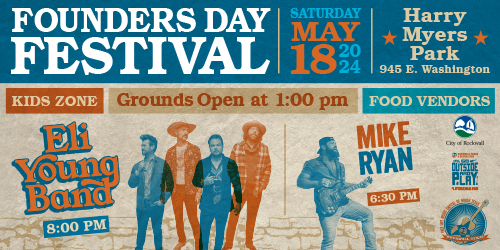ROCKWALL, TX (Dec. 11, 2023) On Tuesday, December 5, 2023, 39 members of the Lakeshore Composite Squadron, Civil Air Patrol learned about space from Rockwall NASA/JPL Solar System Ambassador Max Corneau during their meeting at Harry Myers Park Community Center. The 28 cadets and 11 senior members studied satellites in all types of orbits around Earth and gained a firsthand understanding of the classical orbital elements that define them while immersed in very brief virtual reality orientations using the KWYN SOLAR tool.
The program presenter, Max Corneau is also a Principal Space Scientist at Charles River Analytics, (maker of KWYN SOLAR) as well as a retired Senior Army Space Operations Officer. He believes that KWYN SOLAR, which stands for Knows – What – You – Need Space Operations Leveraging Augmented Reality, is the most powerful space domain teaching tool he has ever used.
“This tool allows students, educators, space professionals, scientists, and policymakers the ability to better understand the complex interactions of space domain,” Corneau said.
Astrodynamics may seem advanced for the young people participating in this CAP Aerospace Education Program, but the KWYN SOLAR virtual reality tool allowed cadets to grasp different types of orbits, how they are applied and how changing the orbital elements influences them. C/Amn Sean Burks said, “I liked the lesson because it was interactive, it showed me important satellites and their orbits, it showed me just how much stuff is in space, and it showed me what the orbits and other objects positions in the future and what it would look like. What could have been better is that some of what I was looking at was a little confusing and it took me some time to figure it out. Other than that, I thought the lesson was great and it taught a lot of things that I did not know about such as certain orbits, the need for certain satellites, and that space junk is a real threat that needs to be dealt with.”
When asked how she felt about using VR to teach complex space concepts to the cadets, Capt Mary Kay Starnes, Lakeshore Composite Squadron Commander replied, “I believe VR is a great tool to teach more complex subjects, you just need to be aware of the time, number of VR headsets, and user’s ratio.”
The group looked at NASA Earth science satellites like GRACE-FO and SMAP in low Earth orbit (LEO) as well as NASA TDRS communications satellites in geostationary orbit. They even surveyed GPS and other global navigation satellites in medium Earth orbit (MEO). They also gained a first-hand appreciation for the problem of space debris, an increasing problem especially in low Earth orbit. In a final effort, one of the cadets searched for and located the Russian satellite known as a “nesting doll” or Matryoshka. This satellite was launched in November 2019 and later released a subsatellite. There is much to be learned about the space domain.
C/2d Lt Abi Shepson, who located the Russian nesting doll satellite shared: “Using the same VR goggles that the Space Force uses to train their personnel was amazing! I never realized the vast number of artificial satellites that are currently orbiting the Earth, apart from arbitrary numbers in textbooks. Actually, seeing them and being able to trace their paths really emphasized the lesson on the importance of taking care of space junk and developing new satellite technologies.”
Submitted content for publication in Blue Ribbon News.








